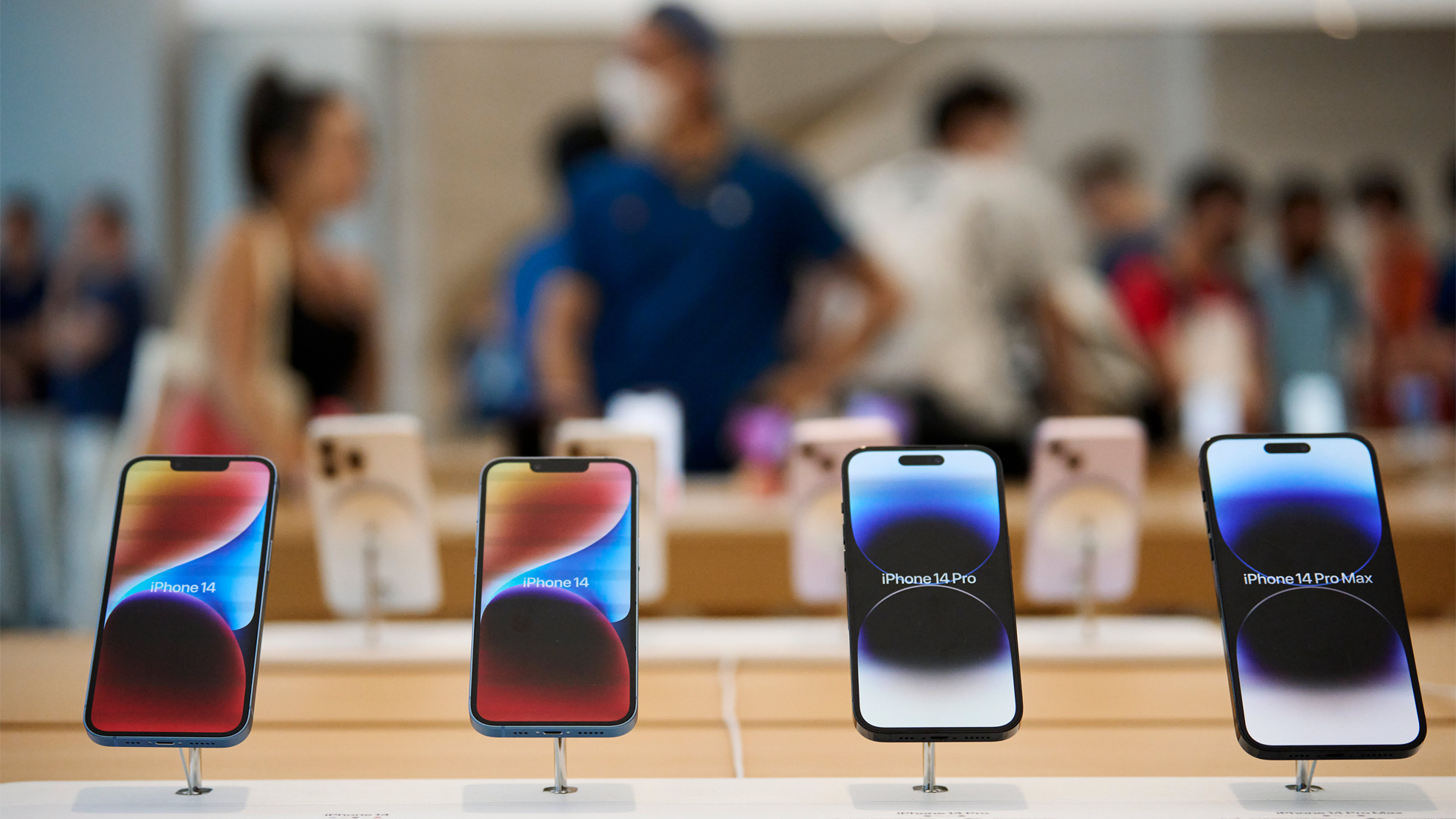Once you have decided that you would like to get pregnant, you naturally want to be able to see those 2 lines on the pregnancy test as soon as possible. chicco portable high chairs but before that happens, an egg must first be fertilized. It is then useful to know when your egg is ripe and the chance is greatest that fertilization actually takes place.
What is ovulation?
There is an ovary on both sides of your uterus. In it are follicles, which are vesicles that contain eggs that are not yet ripe. With a regular menstruation, 1 egg matures every month. The follicle bursts open when the egg is ripe. The egg comes loose from the follicle and ends up in the fallopian tube. This is ovulation and is also called ovulation. You ovulate about 400 to 500 times in your life.
After ovulation, the egg continues from the fallopian tube to the uterus, on the way the egg can then be fertilized by a sperm cell and will then settle in the uterus. If the egg is not fertilized, the egg dissolves and your period begins.
Fraternal twins
Sometimes it happens that two eggs mature at the same time. If fertilization of both eggs takes place at that time, there is a fraternal twin. Because the children both grow from a different egg and sperm cell, they will not be identical, as in identical twins. It is therefore possible that the twins consist of a boy and a girl.
When does ovulation take place?
The menstrual cycle starts on the first day of your period and ends on the day before your next period. Most women have a menstrual cycle of 28 days. Ovulation occurs about 14 days before your period.
Feeling ovulated
Some women feel their ovulation very well, but others do not notice it. Also, sometimes you can feel a little different, but then not realize that you feel this way because you ovulate. Things you can pay attention to are:
Abdominal pain that resembles menstrual pain, this is also called ovulation pain and can be very painful
Clear, transparent partition
Low back pain
Bit nauseous
Headache
Body temperature is about 0.2 degrees higher (although you often only notice this when you actually measure it)
Some women have slight blood loss during ovulation
Calculating ovulation
Just after ovulation, the egg is the most fertile. It is therefore useful to know when you ovulate, if you would like to become pregnant. If you would like to calculate when your ovulation takes place, you can use the following calculation:
First day of last menstruation + length of your cycle – 14 days = date of ovulation
Don’t feel like doing the math yourself? Then there are also handy ovulation calculators online where you only have to fill in your details and the calculations are done for you. Here you will find such a calculator.
Calculating ovulation in case of irregular menstrual cycle
If you have an irregular menstrual cycle, it is more difficult to calculate your ovulation. Sometimes your menstrual cycle lasts longer and another time shorter. The calculation does not work. But you can calculate your ovulation in other ways.
You can then choose to keep track of your temperature. Measure your temperature rectally every day at a fixed time. 12 to 24 hours after ovulation, your temperature rises about 0.2 degrees. You can also choose to do an ovulation test.
Ovulation test
There are special ovulation tests on the market that allow you to determine your fertile period. You can just buy these in the supermarket or at the drugstore. Most ovulation tests work the same as a pregnancy test. You pee over a rod and the test measures the luteinizing hormone in your body. About 2 days before ovulation, this hormone rises and that causes the egg to detach from the follicle. You will not notice this yourself, but the ovulation test detects this peak. If the test is positive, you know that in a few days you will ovulate and therefore be in your fertile period.
Fertility apps
There are several apps available that allow you to calculate your fertile days. You fill in the average length of your menstrual cycle and the date of your last period. On a calendar you can then see on which days you are most fertile. If you regularly track your period in such an app, then the app becomes more and more accurate. Here you will find an example of such an app.
When are you fertile?
You are most fertile in the period from 2 days before ovulation to 1 day after ovulation, which will usually be a period of about 5 days. An egg cell lives after ovulation for 1 day. Sperm cells stay alive in a woman’s body for a few days. So it is best to have sex a few days before ovulation. The sperm cells then encounter the egg automatically after a few days.
No ovulation
It may be that you skip your ovulation once. There are a number of factors that can influence your ovulation, such as stress, very intensive exercise, suddenly losing a lot of weight, weight limit for baby swing or a very low weight.
Anovulation
Some women do not ovulate at all, which is called anovulation. Sometimes this can already be noticed by a disorder in menstruation, but other women only find out that they suffer from anovulation when they try to get pregnant. This is then noticed if there is no temperature increase or if an ovulation test does not find a peak of the luteinizing hormone. In most cases, administering ovulation-inducing medications can help.



